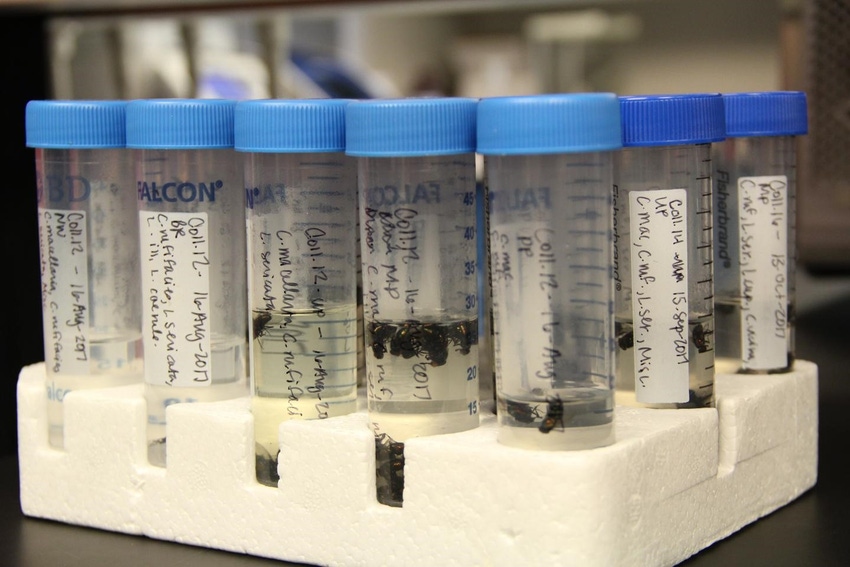Analyzing gut residues can trace blow flies; test may help limit spread of pathogens and track animal populations.
May 22, 2018

Determining whether blow flies have consumed animal fecal material versus animal tissue may have important implications for human public health and veterinary medicine as well as animal conservation.
A recent study by researchers in biology and chemistry at the School of Science at the Indiana University Purdue University Indianapolis (IUPUI) shows how that determination can be made.
"Imagine looking at farming operations that produce a lot of feces and being able to determine just how far from those farms flies are transmitting potentially harmful bacteria obtained from feces," said Christine J. Picard, assistant professor of biology and associate director of the School of Science's investigative and forensic sciences program. "We can determine this using blow flies; they are very easy to catch, and now they can be easily analyzed for fecal bacteria, like Escherichia coli, that may impact human public health."
The flies now also can be used to determine animal diversity and changes in that diversity. Conservationists can gain a better understanding of the number and distribution of animals in a certain environment by analyzing the fecal matter local flies are ingesting.
"Chemical Assay for the Detection of Vertebrate Fecal Metabolites in Adult Blow Flies (Diptera: Calliphoridae)" was published in Environmental Entomology. In addition to Picard, the co-authors, all of whom are with IUPUI, are Charity G. Owings, Christine Skaggs, Winyu Sheriff and Nicholas Manicke.
In the study, Picard and colleagues reported that an analysis by liquid chromatography-tandem mass spectrometry can allow researchers to detect fecal metabolites in the blow fly's digestive tract. Prior to this study, when analyzing fly gut contents, scientists had been unable to determine whether flies had consumed vertebrate fecal matter or dead vertebrate tissue, IUPUI said.
"This is an important finding not only so we can learn more about blow fly behavior when they are not on carcasses but also how blow flies fit within our own communities," Picard said. "Typically, it has been very difficult to tell what bacteria the flies are carrying."
The IUPUI researchers separated flies into three groups: one that was not fed, one exposed to beef liver tissue and one exposed to vertebrate feces. Using liquid chromatography-tandem mass spectrometry, the researchers discovered traces of urilobinoids in only the guts of the flies exposed to vertebrate feces. Urobilinoids, or the byproduct of the breakdown of red blood cells, are only found in fecal matter and were not observed in the unfed flies or in the flies fed beef liver.
Previous lab experiments had shown pathogen transmission from fecal matter by flies, but without observing flies ingesting waste, there had been no way to confirm that it is how pathogens are spread, the researchers said. Being able to detect fecal matter in fly guts proves the mechanical transmission of pathogens.
You May Also Like

.png?width=300&auto=webp&quality=80&disable=upscale)

